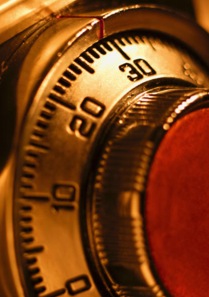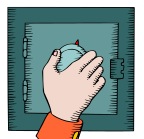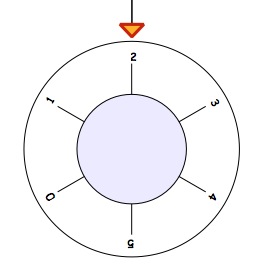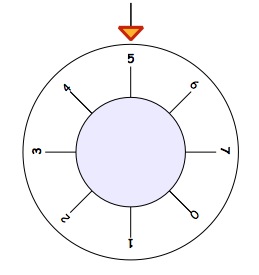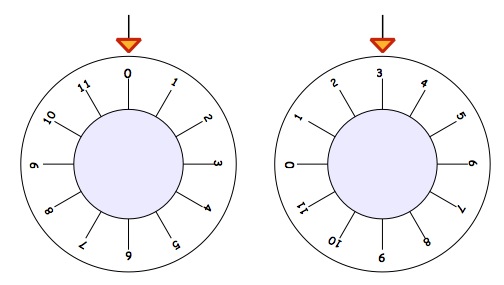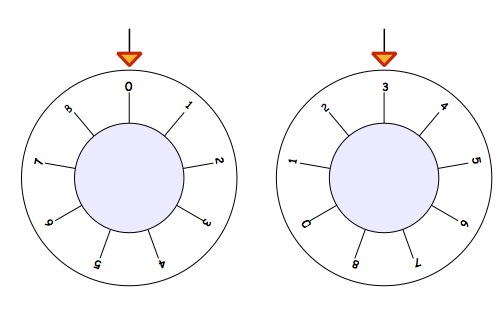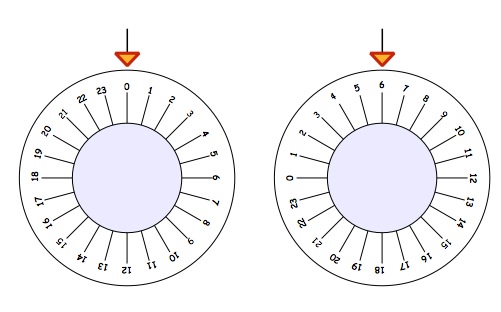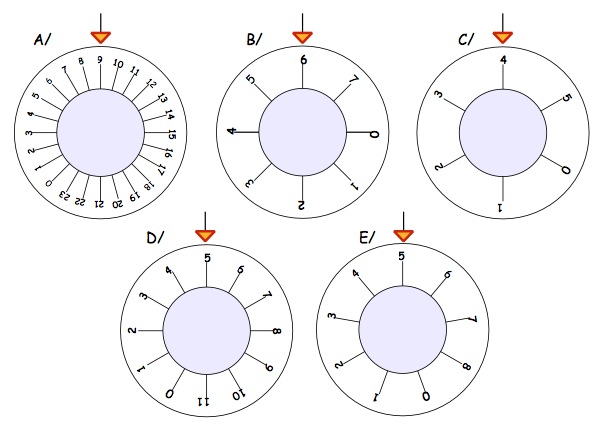Copyright © University of Cambridge. All rights reserved.
'How Safe Are You?' printed from https://nrich.maths.org/
Show menu
Why do this problem?
This activity is a rather different way of giving pupils some experience of turning and measuring angles in degrees. It may particularly appeal to those pupils who like visualising something real.
Possible approach
You might want to make a version of one of the dials out of two pieces of card, fixed in the middle with a paper fastener. In this way, you could ask the class to visualise the turning and offer their solutions with explanations, before checking their thoughts using the card model.
How this is approached and pupils' thoughts will vary a lot according to their age and experience. It might be alright for the youngest learners to give an answer that is an anticlockwise direction but they perceive it as clockwise, just because it's the numbers that are rotating. For older pupils it would be a good discussion point for them to consider in which direction the turning occurs.
Are their answers for anticlockwise or clockwise turning?
You could print out this sheet of the dials for children to work on in pairs.
Key questions
Which way are you rotating/turning your hand?
Is it more than half a full turn each time? Can you be more exact?
How many degrees there are in a circle?
Possible extension
Pupils with some knowledge of the $360^\circ$ complete turn will probably be able to have a go at the later questions. More advanced pupils would be able to create their own problems for other pupils to answer. They might like to use this image as a printable dial for those harder questions they may want to set.
